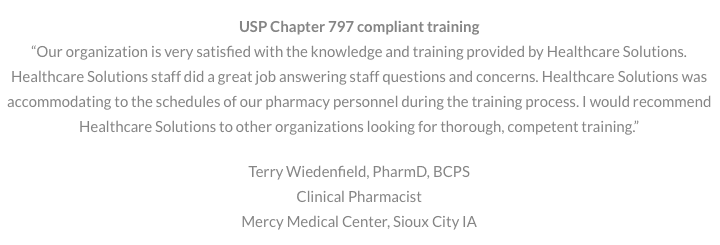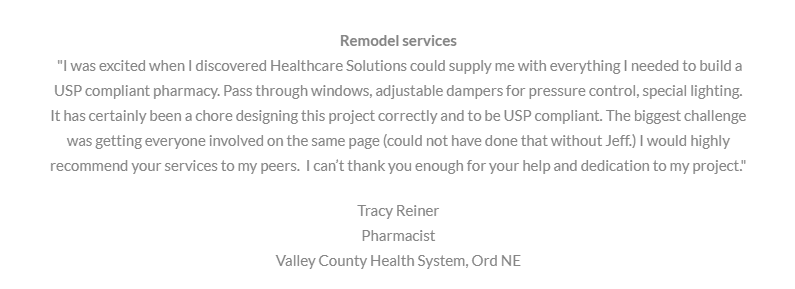Frequently Asked Questions
Below are frequently asked questions and answers compiled by our experienced team of certifiers, technicians, and designers. If you cannot find the information you need, please feel free to submit your question.
About USP -797 Pharmaceutical Compounding—Sterile Preparations
About USP-800 Hazardous Drugs: Handling in Healthcare Settings
1. What is the current status of USP-800?
USP has announced its intent to postpone the official date of General Chapter 800 hazardous drugs handling and healthcare settings. They anticipate harmonizing USP-797 and 800 and expect a new official date on December 1st, 2019. They are continuing to encourage people to adopt USP 800 early. We offer USP 797 and USP 800 consulting services and can help you comply.
2. How can I get status updates on the proposed revisions to general chapter 800?
To receive status updates on proposed changes to General Chapter 797, simply sign up for notifications here.
3. Where can I find more information about USP-800?
More information about USP–800 is available here.
About Biological Safety Cabinets
1. Do I need an exhaust airflow alarm?
As per NSF 49 standards, effective April 14th, 2016, all biosafety cabinets are required to have an exhaust airflow alarm installed if they have a canopy or air dash gap connection. This alarm serves to notify staff if the building exhaust drops to a potentially hazardous level.
Without an alarm, cabinet exhausts may flow back into the room through the gap, as HEPA filters do not trap fumes. This could potentially lead to the release of fumes from compounding into the room.
Isolators
1. Do I need sterile sleeves?
The sleeves themselves are not required to be sterile since there isn’t a way to replace them without exposing them to air outside the isolator.
2. How often do I need to change the sleeves?
The recommended interval for changing sleeves is six months. We offer the option to add a full-sleeve service to your certification to help you stay on track. We will stock your sleeves, bring them with us every six months, and change them with each certification.
Clean Room HEPA Filters
1. Where should I place the HEPA filters in my new cleanrooms?
The current requirement calls For HPA filtration but does not specify where the HPA filter will be located. With a new proposed USP 797 coming out shortly, GPA filtration will need to be in the ceiling of the anteroom and the buffer room. However, since the new USP-797 has not been finalized, the HPA filter wording may change.
2. What is the advantage of HEPA filter test ports?
Currently, the USP-797 requirement is that room GPA filters be tested only when they are installed. The FDA requires sealing HEPA filters to be tested every six months, and the certification industry believes that this requirement will make its way into USP-797 soon. To test ceiling HPA filters for leakage, we’ll need a way to introduce an aerosol challenge into the ductwork for each filter.
The test ports are the cleanest, lowest-cost way that we have found to accomplish this. And because we must have a way to introduce the aerosol challenge on new construction, we recommend that the ports be installed for the initial testing and to allow future testing. We offer AGPA filter test ports and ports for complicated duct entry.
3. Can I use the built-in test ports of a fan filter unit?
Certain built-in test ports may have small–diameter tubing, which can cause condensation of aerosols passing through. This condensed aerosol can then transform into an oil and potentially drip onto the filter media, leading to the degradation of the HEPA media. It is advisable to avoid this situation whenever possible. You can obtain specific information on the specifications of the built-in ports by providing the manufacturer and model number details.



